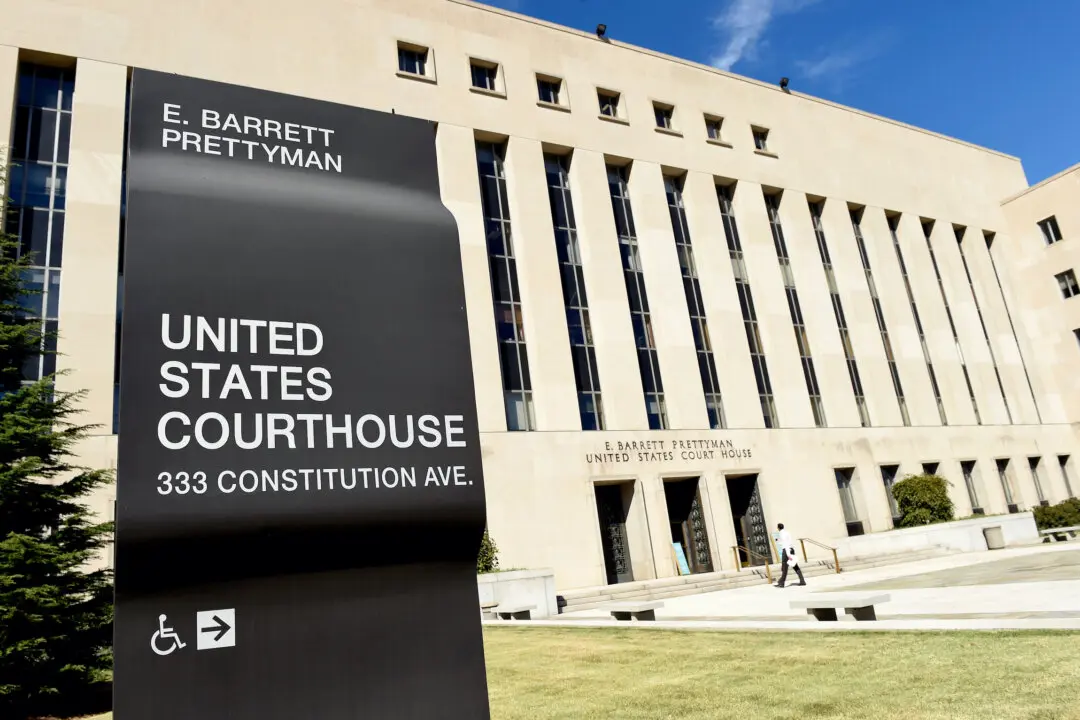LONDON—For many in England, it’s been a day of much-needed retail therapy.
Long lines stretched down streets in England on June 15 as shops selling items considered nonessential during the coronavirus pandemic, such as sneakers and toys, welcomed customers for the first time since the UK was put into lockdown in late March.





